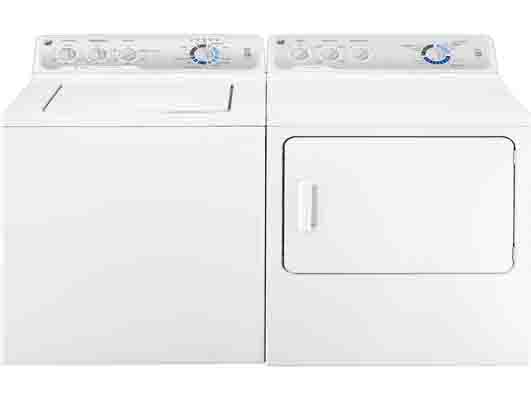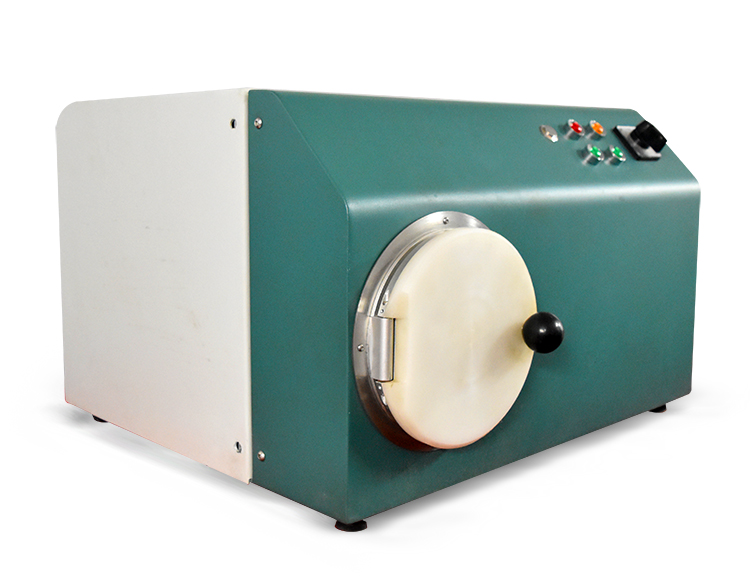
NewsInformation Center
What is ISO method of shrinkage test?
2023/11/24
The ISO shrinkage test method is a test method used to evaluate the ability of a material's dimensions to shrink or expand during heating or cooling. The method was developed by the International Organization for Standardization (ISO) and is widely used for testing and quality control of different materials.
The ISO shrinkage test method is applicable to a wide range of materials such as plastics, rubber, textiles and composites. It provides a quantitative way to measure the dimensional change of a material when it is heated or cooled and to characterize this change by calculating the rate of shrinkage or expansion.
In ISO shrinkage testing, the sample first needs to be cut or prepared according to standard specifications and processed by heating or cooling under specific temperature conditions. Subsequently, the dimensional change of the sample is measured, often using highly accurate measuring tools or equipment such as gauges or microscopes. Finally, by calculating the ratio of the dimensional change to the original dimensions, the shrinkage or expansion of the material can be derived.


There are a number of different standards and specific implementations of ISO shrinkage test methods, depending on the type of material being tested, the temperature conditions and the specific measurement needs. The following are some example implementations and standards:
- ISO 294-4: For the measurement of linear thermal shrinkage of plastic materials
- ISO 175: Measurement of thermal shrinkage and expansion of rubber materials
- ISO 3759: Measurement of drying heat shrinkage of textiles
In addition to the ISO standards, other organizations and standards offer similar shrinkage test methods, such as the ASTM standards and DIN standards, which are often tailored to the needs of different materials and industries.
When performing an ISO shrinkage test, the following steps may be included:
1. Sample Preparation: Samples of appropriate size and shape are prepared according to the requirements of the ISO standard. This may include cutting, compression, stretching, or other processing methods depending on the type of material and test requirements. 2.
2. Temperature Control: Determine the required test temperature range and heat or cool the sample using temperature controlled equipment (e.g., hot plate, hot air flow, or thermostatic bath).
3. Heating or Cooling Process: Place the sample in a temperature controlled environment and apply the appropriate heating or cooling rate. Ensure that the sample is treated uniformly and consistently during temperature changes.
4. Dimensional Measurements: Measure the dimensions of the sample at various temperatures using appropriate measuring tools such as gauges, microscopes, or optical measuring devices. Attention is paid to the accuracy and repeatability of the measurements. Depending on the test requirements, several dimensional parameters can be measured, such as linear dimensions, diameters, thicknesses, etc.
5. Data analysis: Calculate the shrinkage or expansion of the sample during heating or cooling, as required in the ISO standard. This usually involves comparing the dimensional change with the initial dimensions and then calculating the percentage or other form of rate of change through some mathematical formula.
6. Results Report: Summarizes and documents the results of shrinkage testing, including test conditions, sample details, measurement data, and calculations. These results can be used to evaluate material properties, product quality control and process optimization.
What equipment is available for ISO fabric shrinkage testing?
The ISO standard does not specify specific equipment or instruments to perform fabric shrinkage testing. However, the following are some common devices and instruments that can be used to perform ISO-compliant fabric shrinkage testing:
1. Washer:
Used to perform washing and pretreatment of fabrics. Select the appropriate type and capacity of Washer to meet the test conditions such as water temperature, detergent and mode of operation as required by the ISO standard.
2. Dryer:
For drying the washed fabrics in preparation for shrinkage treatment. Select the appropriate dryer to meet the required conditions of temperature, humidity and processing time according to the requirements of the ISO standard.
Used for steaming shrinkage test of fabric, and reproducibility measurement for shrink components that is produced in the processof fabric shrinkage.
4. Measuring Instruments:
Used for measuring dimensional changes in fabric. This may include rulers, vernier calipers, scanners, or optical measuring devices. Select the appropriate measuring instruments according to the requirements of the ISO standard and ensure that their accuracy and repeatability meet the test requirements. 5.
Used for measuring dimensional changes in fabric. This may include rulers, vernier calipers, scanners, or optical measuring devices. Select the appropriate measuring instruments according to the requirements of the ISO standard and ensure that their accuracy and repeatability meet the test requirements. 5.
5. Environmental control equipment:
According to the requirements of the ISO standard, it may be necessary to control parameters such as temperature, humidity and air flow in the test environment. This can involve the use of equipment such as constant temperature and humidity chambers, thermohygrographs, or fans to create environmental conditions that meet the test requirements.
According to the requirements of the ISO standard, it may be necessary to control parameters such as temperature, humidity and air flow in the test environment. This can involve the use of equipment such as constant temperature and humidity chambers, thermohygrographs, or fans to create environmental conditions that meet the test requirements.
It is important to note that the exact equipment and instrumentation will need to be determined by the specific ISO standard being used. Different types of fabrics and test requirements may require different equipment configurations. Before performing fabric shrinkage testing, it is recommended to carefully read the applicable ISO standard and follow its guidelines and requirements.
Also, suppliers, manufacturers or test equipment vendors can provide specialized equipment and instrumentation that meets the requirements of ISO standards. Contact them to inquire about their product lines and specifications to select the right equipment for your testing needs.
Previous: How much does a air permeability tester machine cost?
N e x t : What are the fabric automatic shrinkage tester standards?





